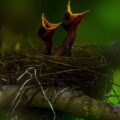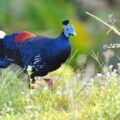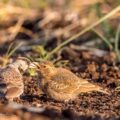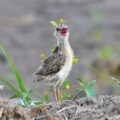Low Light Photography: Top 5 Photos of the Week
As a wildlife photographer, you will be well aware of the fact that most animals we wish to take photos of come out at dawn or dusk. This is also the time of day that the least light is available; photographing wildlife in low light is no easy task.
So in this article let’s first talk about How to Photograph Wildlife in Low Light? and then will share with you some amazing low light photos which we have featured from our Facebook group.
How to Photograph Wildlife in Low Light
Most wildlife is active during dawn or dusk, and photographing animals in low light can be frustrating. Even if you’re shooting on the latest and greatest DSLR camera, you’re still going to reach a point where the light is too low to use the ideal settings. It’s at this point that you need to start calling on your skill and technique to improve your success rate.
Here are a few tricks that I use in my own wildlife photography to get better, more usable images in low light.
- When shooting in low light, you should use the widest aperture you can (i.e., the lowest f-number) to let in the most light possible.
- Don’t be afraid to boost your ISO: higher ISOs introduce noise into your photo, but a noisy image is better than a blurred one.
- Utilize burst mode: Don’t forget that you have a burst mode. If you’re worried about blurry images, fire off as many frames as possible. This will increase your chances of ending up with a usable shot.
- Don’t underexpose: It can be tempting to underexpose your photo, knowing that you can brighten it later. While this may give you a quicker shutter speed, the photo will likely need significant brightening in post-production. And lightening an already dark scene will introduce a lot of digital noise. So don’t underexpose.
- Always use a sturdy tripod while photographing birds in low light.
Bonus Tip: Be creative with your use of lighting.
Weekly Feature (06 Sept-12 Sept 2021): Low Light Photography:
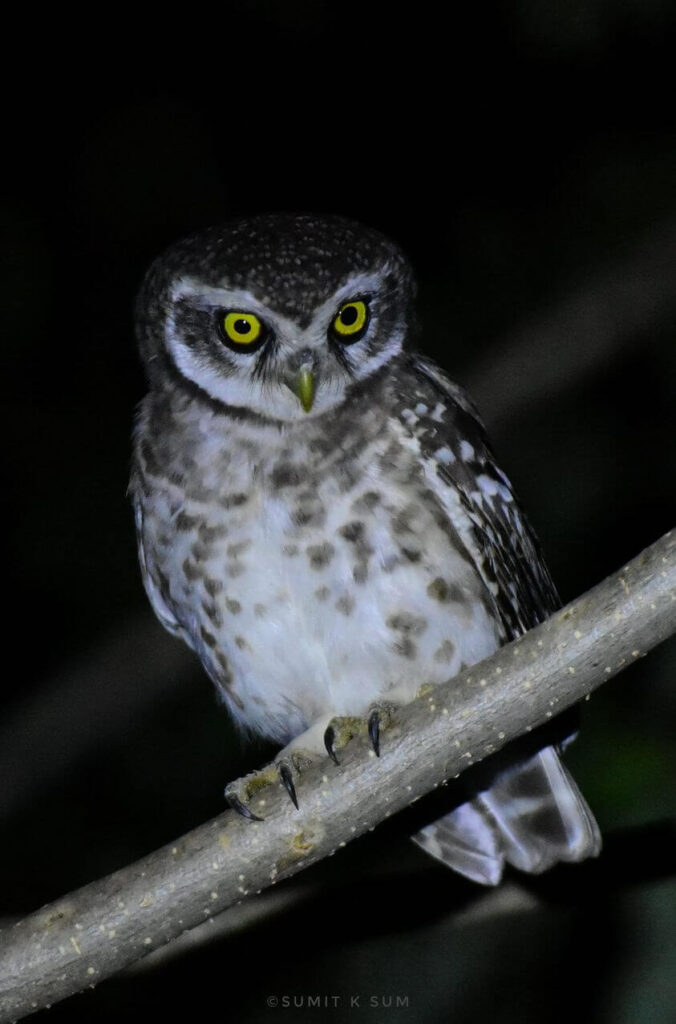
The Spotted Owlet (Athene brama) is a small owl which breeds in tropical Asia from India to Southeast Asia. They are very common species and have adapted to living in cities. They roost in small groups in the hollows of trees or in cavities in rocks or buildings. This species is a part of the larger grouping of owls known as typical owls, Strigidae.
This low light photo has photographed somewhere in India.
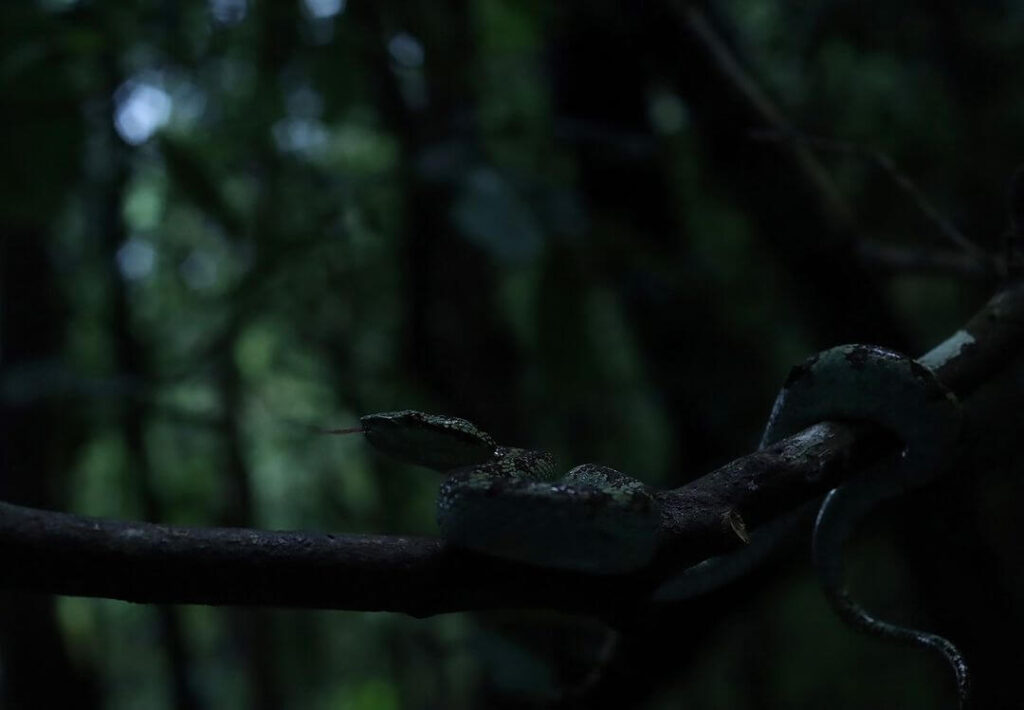
The Malabar pit viper, also know as rock viper, is a master of camouflage. It is venomous and deadly in its precision when striking its prey. These nocturnal reptiles are found on ground rocks and trees near streams in South-western India.
This photo has photographed in Karnataka Western Ghats.
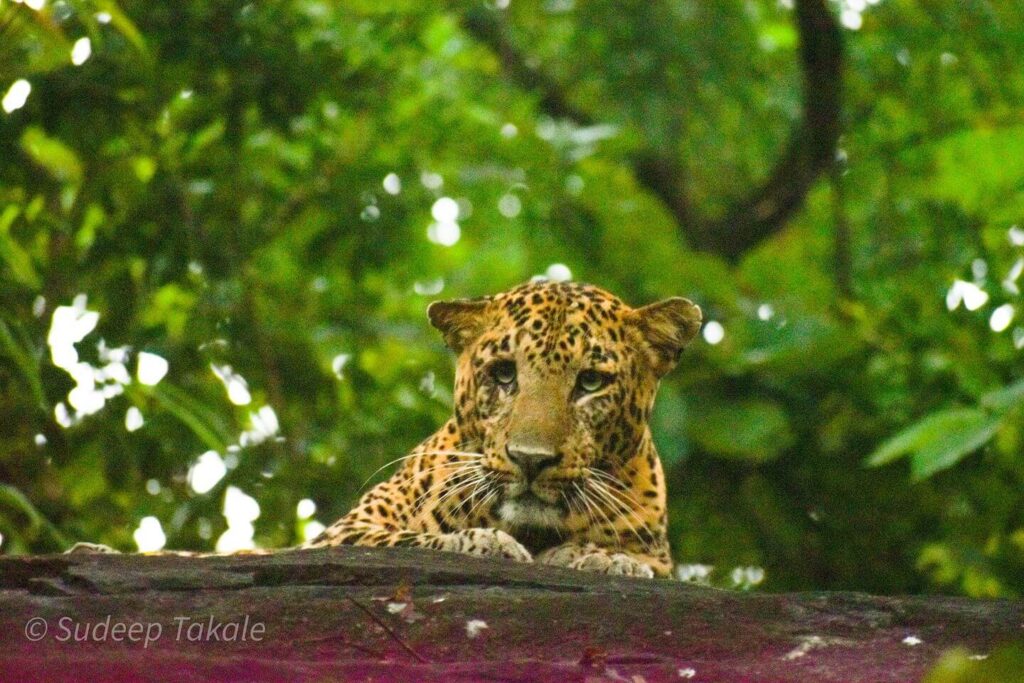
The leopard is one of the five extant species in the genus Panthera, a member of the cat family, Felidae. It occurs in a wide range in sub-Saharan Africa, in some parts of Western and Central Asia, Southern Russia, and on the Indian subcontinent to Southeast and East Asia.
This low light photo has photographed in Pench MP.
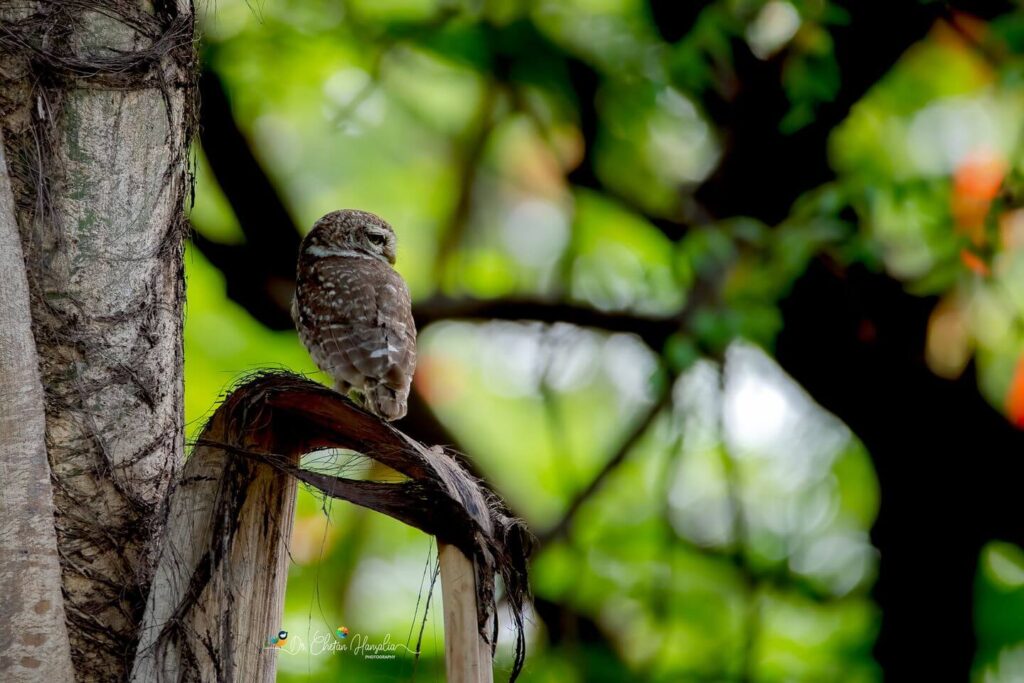
The spotted owlet is a small owl which breeds in tropical Asia from mainland India to Southeast Asia. A common resident of open habitats including farmland and human habitation, it has adapted to living in cities.
This Low light photo has photographed in Rajkot, Gujarat, India.
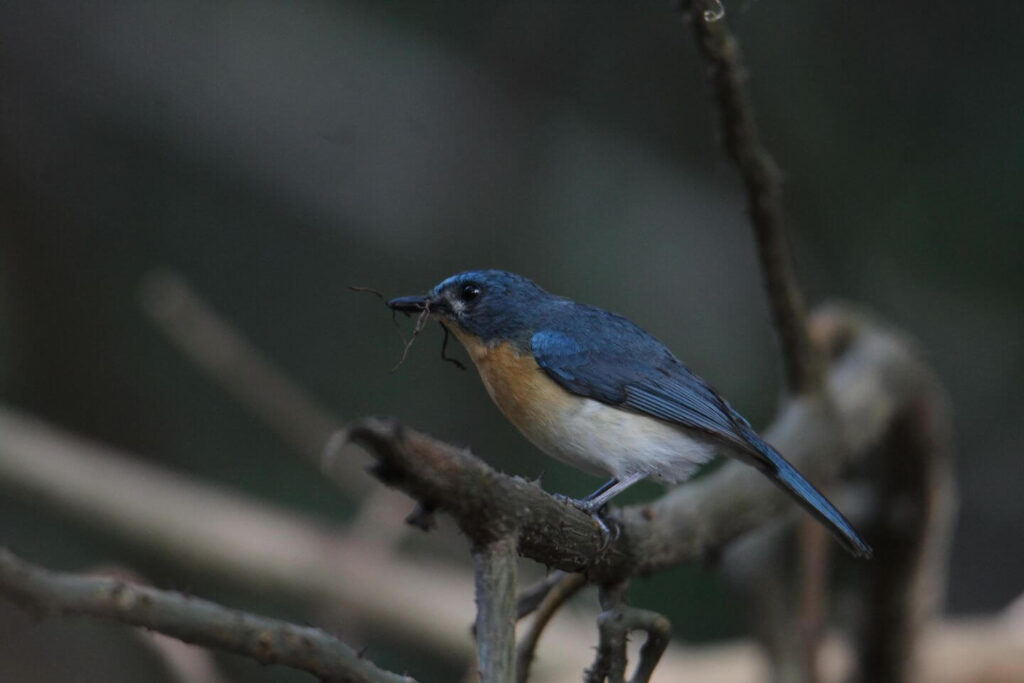
Tickell’s Blue Flycatcher (Cyornis tickelliae) is difficult to spot in the city, but can be found on the outskirts.
This photo has photographed in Gir forest, Gujarat.
So thank you to all the photographers who have submitted photos in the Low Light Photography theme with the #pwc_lowlight hashtag. Your pictures can create awareness about the variety and beauty of wildlife in our environment. So feel free to share it on your social media.
We have featured these photos from our Facebook Group. Next week, you can be the one here, for that, Please join the group and follow the Weekly Challenge Rule.

